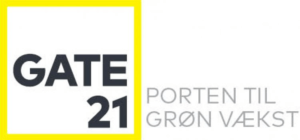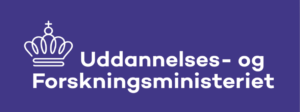
Revitalisation of our Network Group with Zoom, Mural and Excellent Facilitation
We finally got a meeting in the network again – and it was much needed! Throughout the network’s 7-year lifespan, all our
Being with Byron Katie
I’ve just spent 4 days in Engelberg, Switzerland, without uttering a single word. Together with almost 500 people from 26 different countries, I attended a silent retreat with Byron Katie, who is the originator of The Work, which is a method of inquiry into stressfull thoughts. Doing The Work is very enlightening, and for many it evolves into a lifelong, daily practice. I am just taking my first baby steps into it, so bear with me, if I in this post sounds like it is written by a novice – because that’s precicely what I am.
The Work and Innovation
I want to offer some of my thoughts into how The Work perhaps can help you become more innovative, by becoming less attached and less identified with your old ideas, and perhaps create space for some new ones. Somebody once said “It’s amazing how much you can accomplish, if you don’t care who gets the credit”, and yet we DO attach ourselves to WHO owns or originated an idea. As an example, just look at how much money and time are spent (wasted?) on fights over patent rights.
One of the linchpins of The Work are the so-called turnarounds, and rests on the idea that an idea, or a thought, however true it may sound to you, could be equally true if you formulated the exact opposite thought. Let me try to illustrate with an example, and let’s se if The Work and Turnarounds could help me get rid of the old stressful thought and into some new, and perhaps more productive thoughts.
The picture above shows the whole process, sort of. What I will direct your attention to is the following elements:
The Situation and the Stressful Thought
I am sitting at a performance review with my boss, and she tells me that I must reallocate my resources to a new, but boring project – that causes the following stressful thought to emerge:
I am angry with my boss, because she won’t let me work with innovation
Investigating the Stressful Thought
The above thought doesn’t do me any good, and some of the feelings and actions that arise are:
This is obviously not helpful to anyone, and the thought may not even be true :-) The next step is to ponder on who I would be without the thought (there’s a lot more to it than this simple example, go to The Work website to get a deeper explanation):
Who Would You be Without the Thought?
In the situation, sitting in the meeting, without the thought “my boss won’t let me work with innovation”, who would I be, what would I think? The following thoughts arise:
That’s a bit more positive than my starting point, and probably closer to reality. The next step is to turn the thought around to your self, to the other, and to the opposite:
Turn the Thought Around
SELF: I won’t let me work with innovation
OTHER: I won’t let my boss work with innovation
OPPOSITE: My boss will let me work with innovation
Conclusion
We really tend to believe our thoughts, and attach to them, without investigating them. Invariably, The Work has led me to the conclusion that my initial stressful thoughts are simply not true, and that they cause me to waste a lot of energy, perhaps even without me knowing it. That energy is much better used in investigating my thoughts, and The Work is a great method for that. Investigating my thoughts as described above will in all likelihood make me a better contributor to the project, than if I had just let the initial stressful thought remain uninvestigated.
It is a part of innovation to make mistakes, but don’t let your stressful thoughts be one of them. When we e.g. work with innovation culture, it is crucial to establish as much authenticity about our beliefs and thoughts as possible, in a safe space. Never go with your first belief, in all likelihood it will be false – when we work with you in your innovation projects or do innovation training, we really invite you to investigate not only your ideas, but also the thoughts and feelings you have about your ideas.

We finally got a meeting in the network again – and it was much needed! Throughout the network’s 7-year lifespan, all our

The collaboration with Finn Kollerup was very rewarding for us. He inspired our participants to think about their everyday challenges in a new

Our task was to facilitate an efficient process and collect the results from a high-profile meeting. A special factor was that the schedule